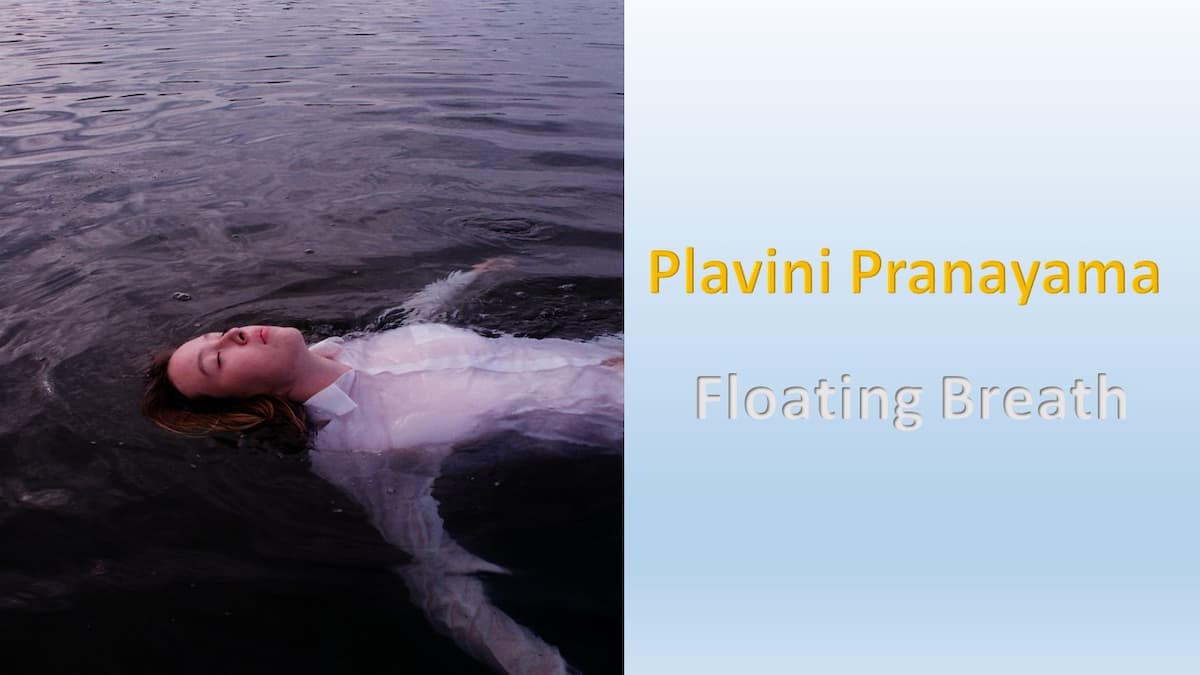Overview
Plavini Pranayama is one of the eight types of Classic Pranayamas. Murchha and Plavini are the rare types of Pranayamas and only advanced practitioners perform these types. Even classical yoga texts did not describe much about these two practices. It does not mean they are less important than other types. They have unique benefits to offer under specific circumstances. However, the use cases are rare.
In this article, we describe what’s Plavini Pranayama, its steps, precautions, and benefits.
What is Plavini Pranayama?
The Sanskrit Word Plavana means to float. This practice enables the performer to float on water. Hence, it is called Floating Breath. Some Yogis call it Inundating Breath. Plavini is similar to Vatasara Dhauti. The only difference is that we retain the air inside during the practice of Plavini. Hatha Ratnavali calls it Bhujangini Mudra. The purpose of this practice may be to float or keep the stomach full during Samadhi where fasting is required for a longer duration of time.
Plavini Pranayama Procedure
Plavnini Pranayama Precautions
One should practice this technique at the end of the Yoga and Pranayama session.
It must be followed by an inverted yoga pose like Shirshasana or Sarvangasana. Moreover, Pushnee Mudra should be practiced.
You can practice it on an empty stomach. Even you can practice during fasting.
If you are doing this practice for the first time, don’t do this for more than five rounds.
Plavini Pranayama Steps
Step 1
Sit in a posture for meditation. Keep your head, neck, and back in one line. This step is for beginners only. Only trained Yogis can do this on the water when they are performing this practice for floating.
Step 2
Inhale through the nose and swallow the air into the stomach as if you are swallowing food or water. Ensure that you are keeping the air inside your stomach.
Step 3
Repeat step 2 for the required rounds. If you are a beginner, repeat only five times.
Step 4
You can retain the air inside by keeping your body still. To release the air, perform an inverted yoga posture.
Plavini Pranayama Benefits
- It releases the gas and removes the acidity from the stomach.
- Moreover, this practice can control hunger and thirst during fasting.
- It helps the advanced Yogis to go on fasting during Samadhi for many days. The stomach remains full during the time of fasting.
- Also, it makes the Yogi float on water.
Bottom Line
Only advanced Yogis require this practice either for the purpose of floating or for keeping the stomach full during Samadhi. The use cases for this technique are rare in modern times. Hence, it is not necessarily wise to try this technique unless you know what you are doing.
